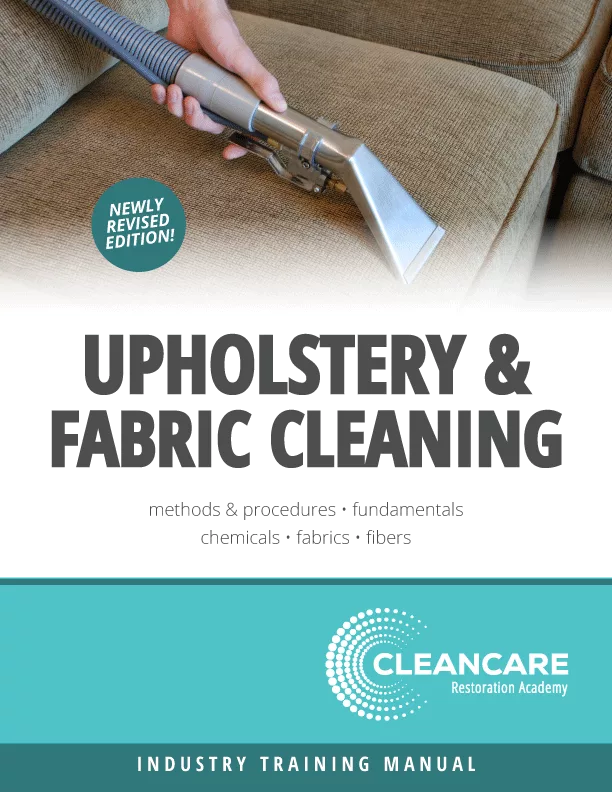Restoring Fire-Damaged Electronics: Why Surface Cleaning Isn’t Enough

Credit: D-Keine / E+ via Getty Images
After a fire, it’s not unusual for electronics to “look” fine on the outside. In fact, many devices will even power on – briefly. But weeks later, the story changes: displays flicker, circuits fail and corrosion sets in. What many don’t realize is that smoke and soot contamination don’t just affect surfaces – it penetrates deep into sensitive components, creating long-term reliability and safety issues.
As someone who’s spent years in electronics restoration, I can tell you this: cleaning up after a fire isn’t just about appearances. It’s about understanding the hidden hazards and restoring electronics to meet stringent industry standards. That means following science – not guesswork.
What Makes Fire Soot So Dangerous?
A fire releases more than just heat and smoke, it creates complex chemical residues that cling to everything in its path. When common materials like plastics, adhesives, rubber and foams burn, they produce hazardous compounds such as volatile organic compounds (VOCs), semi-volatile organic compounds (SVOC) and polycyclic aromatic hydrocarbons (PAHs). These contaminants can be both acutely and chronically toxic.
Then there’s the soot. Depending on what’s burning, soot can be wet, dry or oily – and in cases like protein fires or furnace puff-backs, it can be nearly invisible but incredibly corrosive. Plastic and rubber fires, in particular, create ionized particles that are drawn into electronics and adhere to internal surfaces. Left untreated, they can accelerate metal corrosion, increase resistance in circuits and even cause short circuits or electrical arcing.
In commercial buildings, this kind of contamination can compromise entire systems – HVAC controls, machinery and data infrastructure – leading to serious safety risks and prolonged business interruption if not addressed quickly and correctly.
Why Electronics Need Special Attention
Unlike furniture or drywall, electronics don’t just sustain surface contamination. Cooling fans, static charges and even gravity pull soot particulates deep into housings, circuit boards and contact points. These particles can disrupt current flow and trigger a slow, often invisible, breakdown of vital components.
That’s why simply wiping down the outside of a device doesn’t cut it. Electronics restoration requires skilled technicians, industry-specific processes and contamination testing to ensure the job is done right.
Restoring to IPC Standards
When restoring electronics, it’s important to follow IPC standards to ensure cleaned devices aren’t just functional – they’re safe and reliable for long-term use. We aim to keep ionic contamination levels well below the industry-recognized threshold of 1.56 µg/cm², using this as a practical guideline to verify equipment cleanliness. Our process includes a combination of testing methods and visual inspections to deliver thorough, standards-based restorations.
For assembled electronics, we also refer to IPC J-STD-001, which sets cleanliness expectations for high-reliability electronic assemblies – especially in critical sectors like medical, military or aerospace. It emphasizes the need for zero visible residue and low ionic contamination, even though it doesn’t define exact numerical limits.
We often partner with third-party labs for ion chromatography to get a detailed readout of soluble salts like chloride, sulfate or nitrate. If levels are high, we go back in and clean again – sometimes using deionized water, specialized solvents or vapor phase corrosion inhibitors (VpCl), depending on the materials involved.
No matter the method, the goal is always the same: restore electronics to their pre-loss condition – or better.
Mitigating Risk with a Scientific Approach
When arriving on-site, your first priority should be preventing further damage. That means powering down equipment to avoid pulling in soot, isolating damaged areas with poly sheeting and using environmental controls to keep humidity below 50% - ideally in the 35% - 45% range for sensitive alloys.
Don’t rely on visual inspections alone. Through sampling and analysis, you can identify specific contaminants involved, distinguish between pre-existing and loss-related damage and build a restoration plan tailored to the environment and the client’s industry.
Why This Matters for Adjusters and Insured
Clear, detailed documentation is critical when working with insurance companies. Your reports should include contaminant levels, visual inspection findings, restoration protocols and post-cleaning test results. It’s also important to coordinate with OEMs to preserve warranties, and in many cases, the OEM recertifies the equipment to ensure it meets manufacturing standards for reliability and performance.
This approach supports faster, more accurate claim settlements while helping reduce unnecessary replacements and costly business interruptions.
Final Thoughts
It’s easy to underestimate smoke and soot damage, especially when electronics seem fine on the surface. But as restoration professionals, we know better. These devices are often salvageable, but only if the restoration is thorough, standards-based and supported by science.
By following proven processes and industry standards, you can protect your clients’ assets, reduce waste and restore critical systems with confidence.
Looking for a reprint of this article?
From high-res PDFs to custom plaques, order your copy today!








